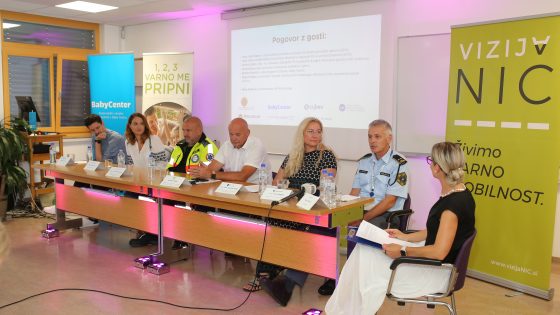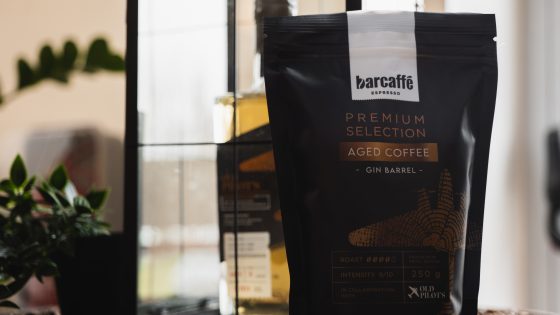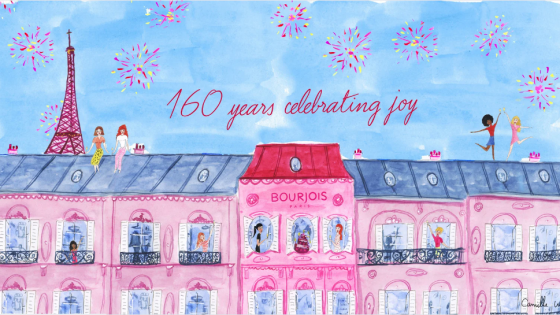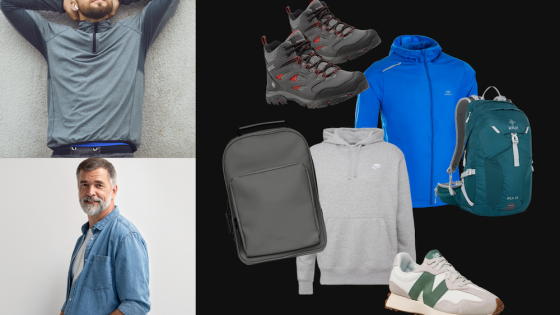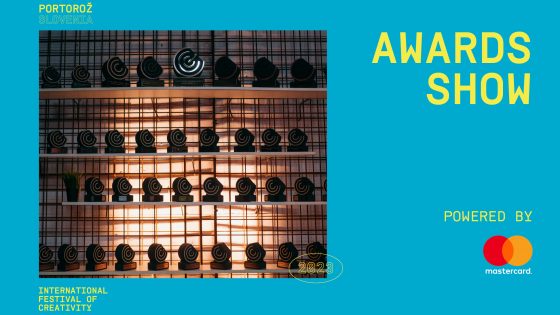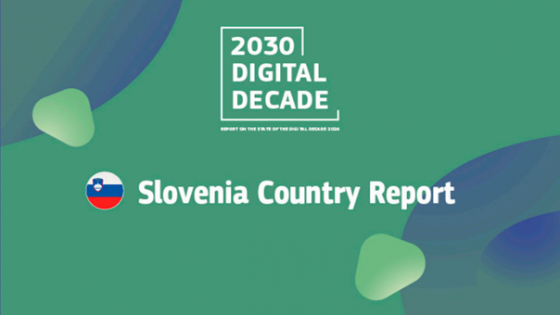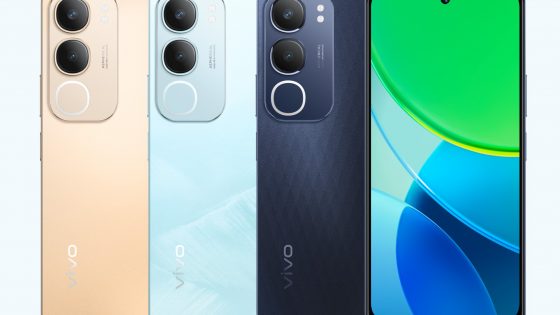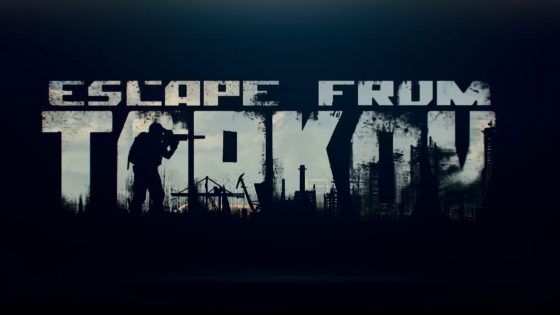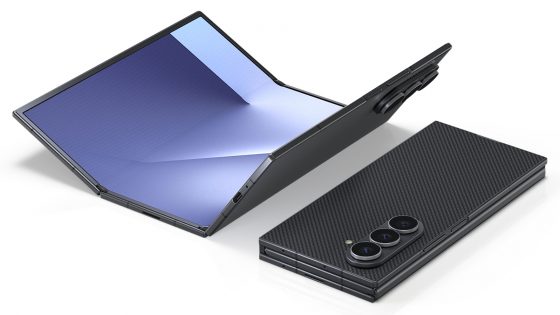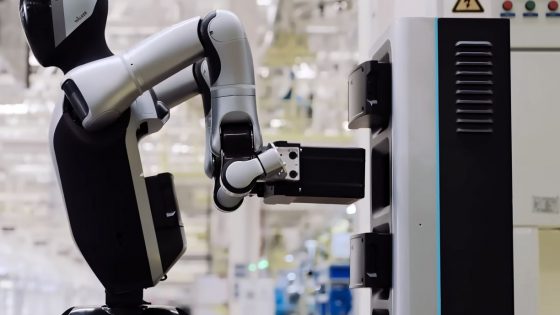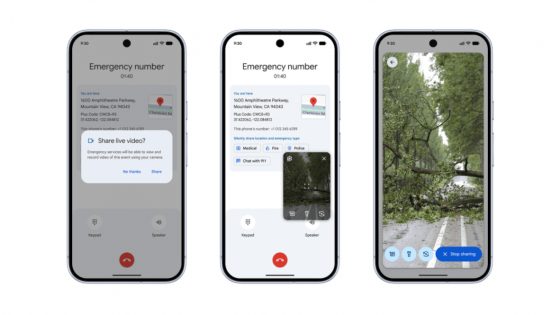Answear Slovenia with a sustainable Wear&Share story: Together with Slovenian primary schools, they collected almost 17 tons of used clothes
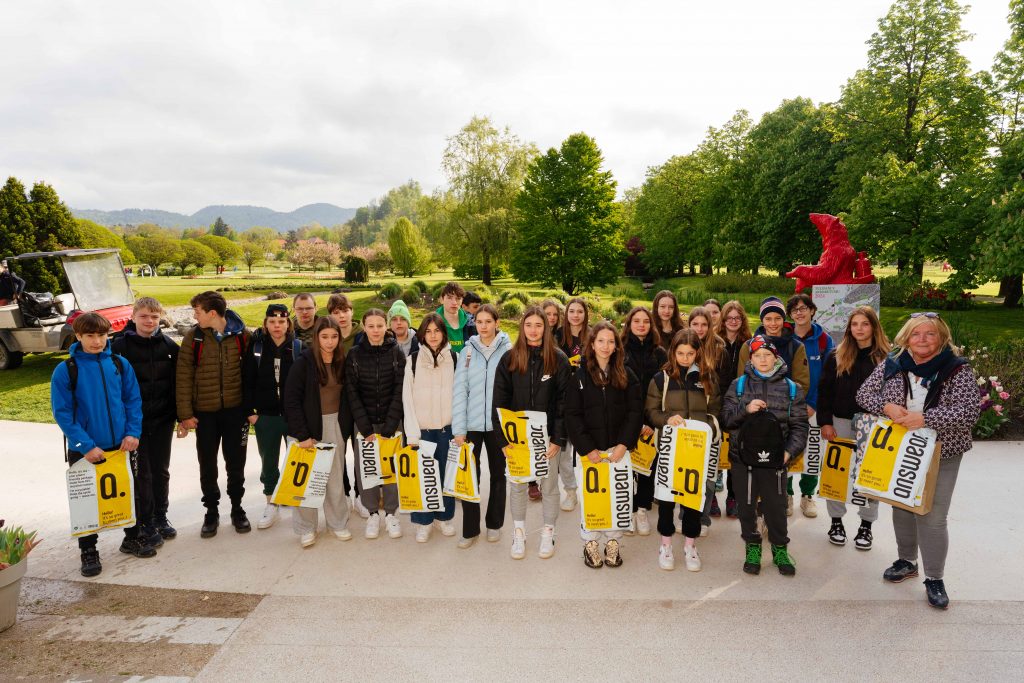
Answear, a well-known leading online fashion store on our market, has implemented the Wear&Share sustainable project for the second year in a row, this time in cooperation with Valtex. The story, which combines fashion with social responsibility and a call for change, proved that clothes can easily get a new life. Elementary schools joined the project, and the students collected a total of more than 16,500 kilograms of used clothes.
With the Global Sustainability Project Wear&Share, which was carried out in our country as part of the all-Slovenian project GIVE A CLOTHES, PLAN A SPRICE!, Answear has become an initiator, reminding with its project that fashion is no longer only about aesthetics, but also about caring for the environment. The basic idea of the project is simple: to enable old but still useful clothes, which must be clean and well-preserved, to get a new life.
Elementary schools unite in a sustainable project DONATE A CLOTHES, PLANT A SPRICE!
The project was designed at Answear in collaboration with the company Valtex, where they invited elementary schools all over Slovenia to participate, i.e. to collect used clothes. 34 elementary schools joined the project, and in total they collected more than 16,500 kilograms of clothes. The students and their mentors contributed to the realization of the project with their approach. Meta Pazlar, president of the children's parliament of the winning elementary school prof. dr. Josip Premlja Bled, says: "We like to respond to sustainable projects, as we also organize a children's bazaar during Children's Week. At the children's bazaar, we arrange clothes, shoes and accessories by size, which the children forgot at school and did not return for more than a year. We find them new caring owners at the bazaar. In this way, too, we try to operate in accordance with sustainable operations."
Bled Elementary School collected around 1,400 kilograms of clothing. Meta emphasized that they succeeded mainly because the project was very well received by parents and encouraged their children to collect. The largest amount of clothing, more than 500 kilograms, was collected by students of the 8th A grade of the 2010 generation, who were rewarded for their achievement with a trip to the Volčji Potok Arboretum. There, together with the companies Answear and Valtex, they planted a Cornus kousa 'Milky Way' shrub on World Earth Day. The newly planted plant was also equipped with a plaque with a special dedication so that students will be reminded of their work and observe their progress every time they visit the Arboretum.
Sandra Gašparić, head of the Slovenian and Croatian markets at Answear, says: "The elementary schools that we invited to participate collected clothes from March until April 8. On World Earth Day, we announced results that exceeded all our expectations - the children collected a total of almost 17 tons of used clothes. Such a response is incredible and I am extremely happy that together we have taken a step towards a sustainable future."

How to plant a tree correctly: "the plant we plant comes from 'primary school' or 'maternity hospital'"
Answear, together with the winning class 8.A of Blej primary school, which collected the most clothes, planted a beautiful flowering bush. Assistant director of Arboretum Volčji Potok Melita Mish gave the attendees the knowledge of how to properly plant a tree: "First, we dig a hole that should be two to three times larger than the pot in which the plant is. Then we plant the plant and loosen the soil well. When first planting, we always add 'good' or nutritious soil so that the plant can grow successfully. We jokingly call this the plant coming from the 'maternity hospital' or from 'elementary school', because it doesn't know how to adapt to the new environment, so we need to help it with quality soil and help it as much as possible."
With such behavior and sustainable projects, we are an example for younger generations. This is the only way children will learn in a fun and interactive way that well-being and care for the environment are key to the successful development of society.
Where do collected used clothes go?
Wear&Share is a year-round project, which means that you can also participate in it and donate old clothes to us for a good cause. Go through your wardrobe and say goodbye to the clothes that are sitting in the closet. After that register and simple order a courier, who will take away the collected things free of charge, and we will take care of their reuse.
Nina Zakrajšek from Answear Slovenia he says » In cooperation with partner 3R, we thoroughly inspect the collected clothes and use them for various purposes: we recycle them, put them on the market as secondary goods or reuse them (e.g. in the automotive industry for car insulation). We value each donated kilogram at €0.1 and transfer the proceeds to Valtex for their socially responsible projects."
In this way, clothes that would otherwise remain in closets or end up in the landfill are given a new home or recycled in an environmentally friendly way.
Tina Barlič, head of business development at Valtex, adds: "We are very happy to enter into a partnership and cooperation with the company Answear. Even elementary school students proved that they really care about our planet. We wish there were more such and similar projects, because even with small steps we can achieve big goals!"
The success of the project is not only in numbers. It is also an important message about the sustainable handling of clothes and care for the environment. With its initiative, Answear has shown its commitment to positive changes in society. With more than 16,500 kilograms of clothes given a new life, it proves that fashion and social responsibility can go hand in hand. Their vision to create an industry that not only creates trends, but also cares for the future of the planet, gives an important message to the entire fashion industry.




